![My home is a frenzy, I am very emotional and on top of that, I write. On 'Casa Ideal' [Ideal Home]](https://firebasestorage.googleapis.com/v0/b/prod-ondamx-art.appspot.com/o/media%2F1712264116489-1_1005x666_thumb.jpg?alt=media&token=86e4194b-20c0-40e7-a0e4-79c76dbb4aaf)
Review
My home is a frenzy, I am very emotional and on top of that, I write. On 'Casa Ideal' [Ideal Home]
by Nico Barraza
At Proyectos Multipropósito
Reading time
7 min
I long to permeate the matter of this world: to become anchored to life by laundry and lilacs, daily bread and fried eggs [...]
Sylvia Plath¹
Each “house” will represent a different lifestyle and different ideology.
Rem Koolhaas²
I have become accustomed to visiting exhibitions at Proyectos Multipropósito at times of the day when I know the space is empty. I prefer it this way, there is something particular about that old call center turned gallery that welcomes and consumes; time blurs when inside, whether looking at the ceiling, a giant inflatable sculpture or, in this case, an urban grid rising from plinths. The curatorial proposal of Enrique Giner de los Ríos for the Casa Ideal brings together the perspective of seventy artists, designers, and architects around the ideal of a house of one's own.
![My home is a frenzy, I am very emotional and on top of that, I write. On 'Casa Ideal' [Ideal Home]](https://firebasestorage.googleapis.com/v0/b/prod-ondamx-art.appspot.com/o/media%2F1712264116489-1.jpg?alt=media&token=86e4194b-20c0-40e7-a0e4-79c76dbb4aaf)
The tour, like visiting a metropolis, can start wherever one pleases or has been recommended. The corridors, now converted into streets, take us through multiple interpretations of the ongoing question we humans deal with when articulating our lives from a survival-apt variant in the face of time, absence, joy, and sorrow. The individual and collective exploration to affirm ourselves in whatever place we settle, is similar to what Dalí said about projecting with delirium: to materialize our plans and ambition, build our own universe at the "service of desires, ghosts and unconscious representations."³
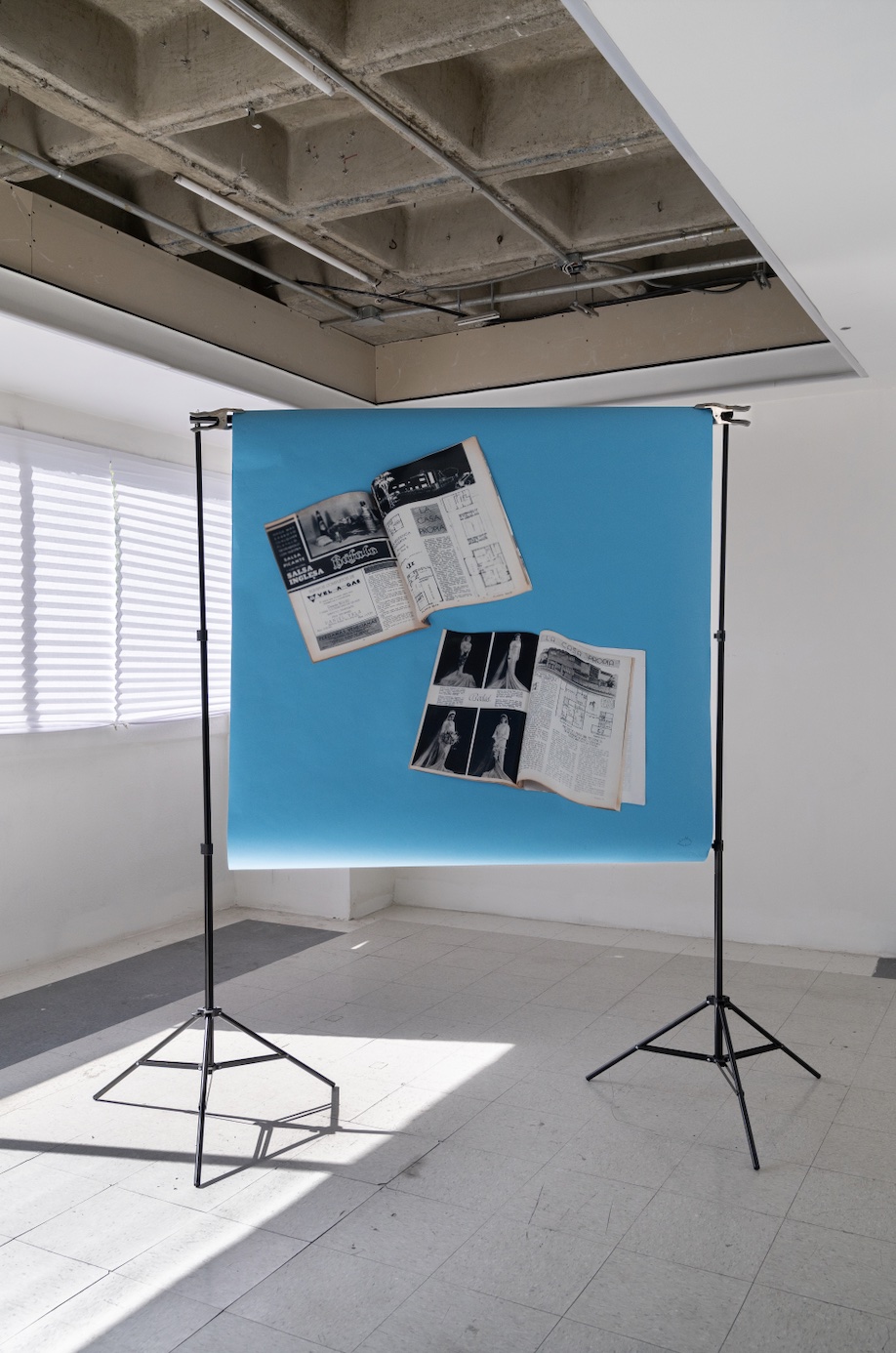
The object decorates our home’s walls or shelves and makes it an ideal place by making it a tangible thing overflowing with sensations and memories. Baudelaire wrote that “The whole visible universe is but a storehouse of images and signs to which the imagination will give a relative place and value; it is a sort of pasture which the imagination must digest and transform.”⁴ This resonates with one of the works I started my route with, located in the corner or, to follow the idea, the alley of Multipropósito. La Casa Propia. Pasa risas. De la Serie: Era Social (2024) by Lake Verea shows the portrait of a magazine from the thirties in Mexico, advertising a new lifestyle: five modern houses. Coupled with the myriad of social conditioning likely spread in that publication, this left me thinking about the ways media have taken to propose (or impose) the concept of an ideal home, fair, dignified, and livable space. Was it about unifying or depersonalizing? And compared to the present, how are INFONAVIT⁵ house auctions and abandonments read? What is the difference between that modern home and the mass production of the present? Are these or those the ideal home? It reminds me of what Henri Bergson said in Matter and Memory: "our past is, on the contrary, what no longer acts but could act, [...] by being inserted into a present sensation from which it will take vitality. Indeed, at the moment when the memory is updated in this way [...] it is no longer memory, it becomes perception."⁶
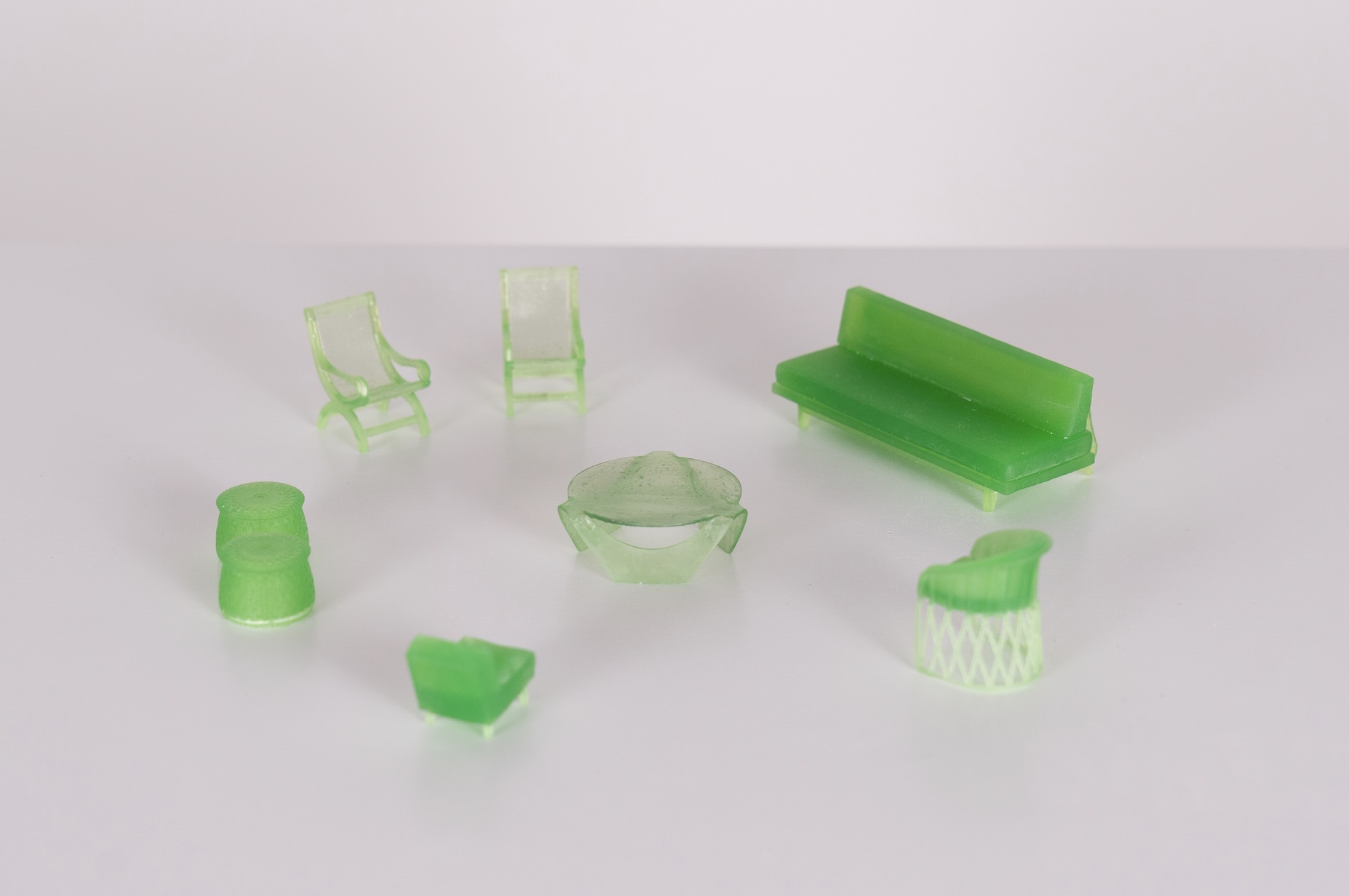
The idyllic construction of our place in the world from modern ideals made me consider the abundant furniture that emerged during that era. The ideal house was projected as a cutting-edge space. In the 1978 publication, Delirious New York, Rem Koolhaas spoke about the democratization of the object through replication, and that's where Marek Wolfryd's work caught my attention, Piratería Moderna [Modern Piracy] (2024). Here the artist makes miniature copies of furniture authored by Clara Porset, Pedro Ramirez Vazquez, Michael Van Buren, as well as a tule stool. The figurines simulate bootleg collectible toys, imitations of Japanese cartoon characters that were marketed in Mexico in the seventies. They arose in response to the lack of required licenses, leading merchants to produce their own molds and sell action figures at more affordable prices. It can be said then that "the copy is understood as a didactic instrument, a tool of knowledge and a vehicle for the transmission of models."⁷ Highly valued by collectors, they now stand alongside replicas of iconic furniture sold in numerous stores. Just like vernacular design and its consequent appropriation by countless workshops, the replica denotes the need for acquisition in search of certainty of who we are, appealing to the archive and collective memory. We go from the past to the present.
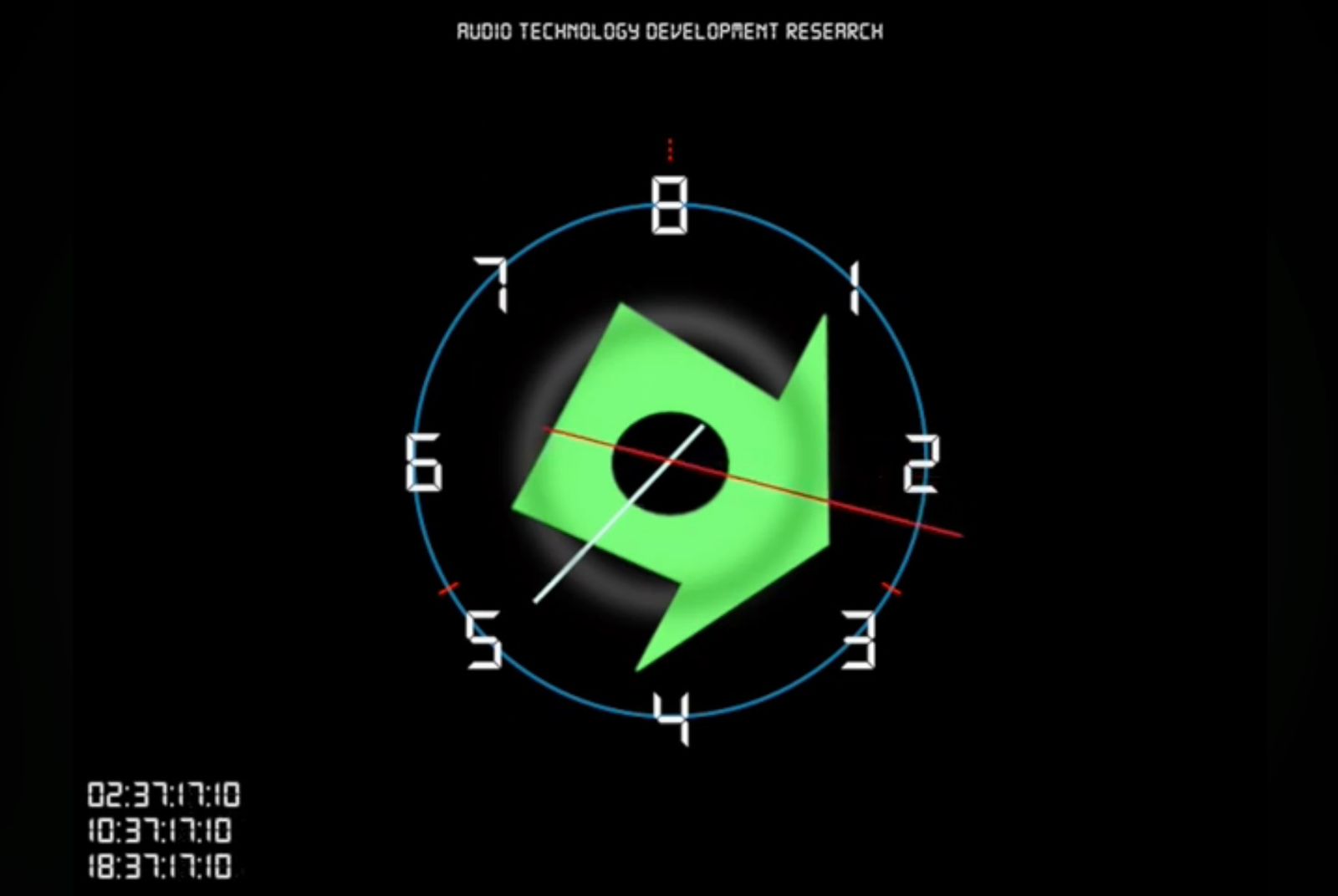
The walk led me to the work of Alonso Hernandez. In the Reloj de ocho horas [Eight-Hour Clock] (2024), the artist suggests a dislocated time that arises from the notion of operability and rest: to work, its time, and to the house, another. Knowing how to separate but above all to be. Time, like memory, works in much the same way, statically and erratically, transiently, fragmented and immediately. Spinoza, in On the Improvement of the Understanding mentions: “What, then, is memory? It is nothing else than the actual sensation of impressions on the brain, accompanied with the thought of a definite duration of the sensation. This is also shown by reminiscence.”⁸ Thus, objects loaded with sensations turn into memories, they become a time machine. Again, a delirious projection of an altered thought. We know that others recognize us differently from ourselves, however, the evidence of our mark coexists in what we call home: a world contained in another.
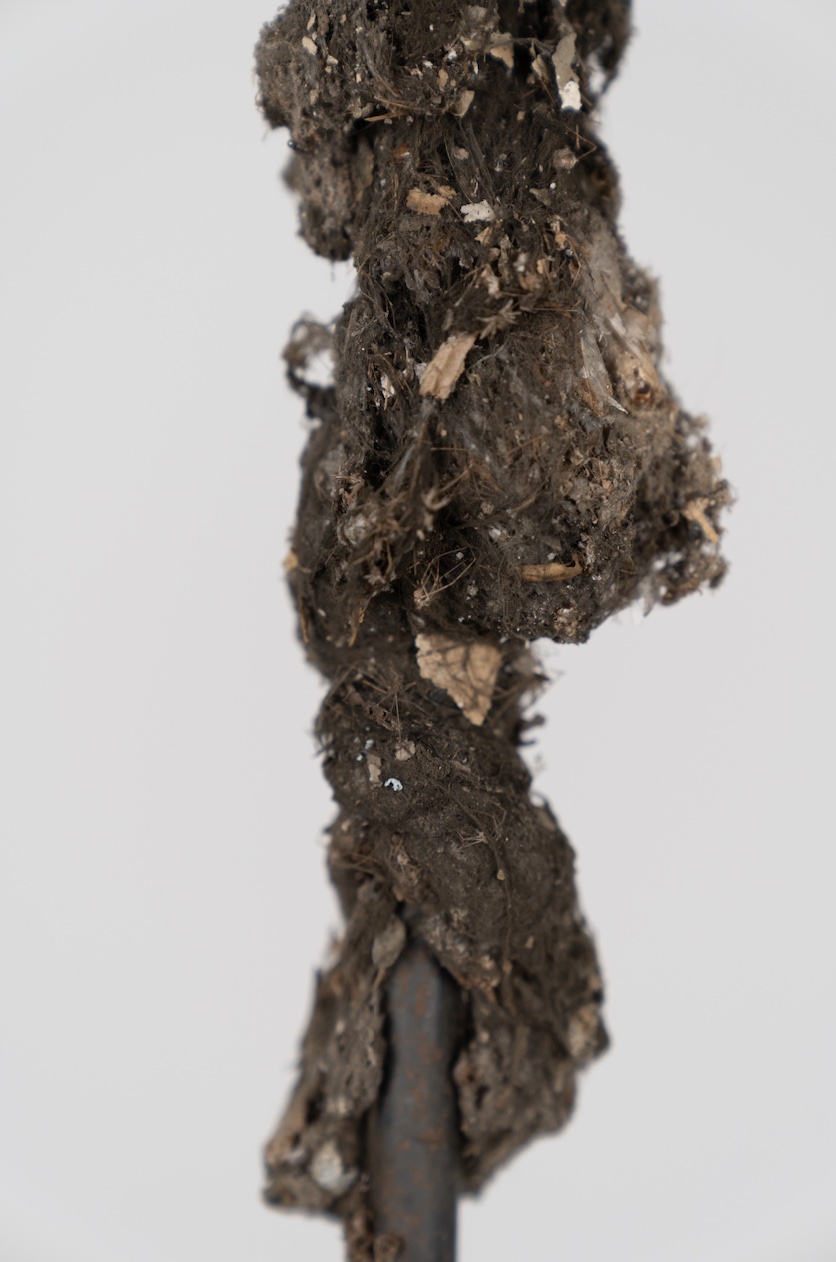
Let's not forget the idea of functionality in terms of work, which also participates in our dynamics within the house; there are no results without tasks, there is no form, without effort. Mindkeeper (2023), a work by the artist Carlos Martinez Gonzalez, takes shape at the end of a strenuous cleaning job in his studio. The analogy between dusting and disentangling cobwebs in relation to memory and time is inevitable to ponder. Is this about a fortuitous connection that allows movement or about the dust and grime that must be (re)moved? Action in the face of passivity. It's not about simply being, but also acknowledging movement as something compulsory. Who are we if not an entanglement of memories and sensations interwoven? What are we if not more than time, moments encapsulated in a space or an object?
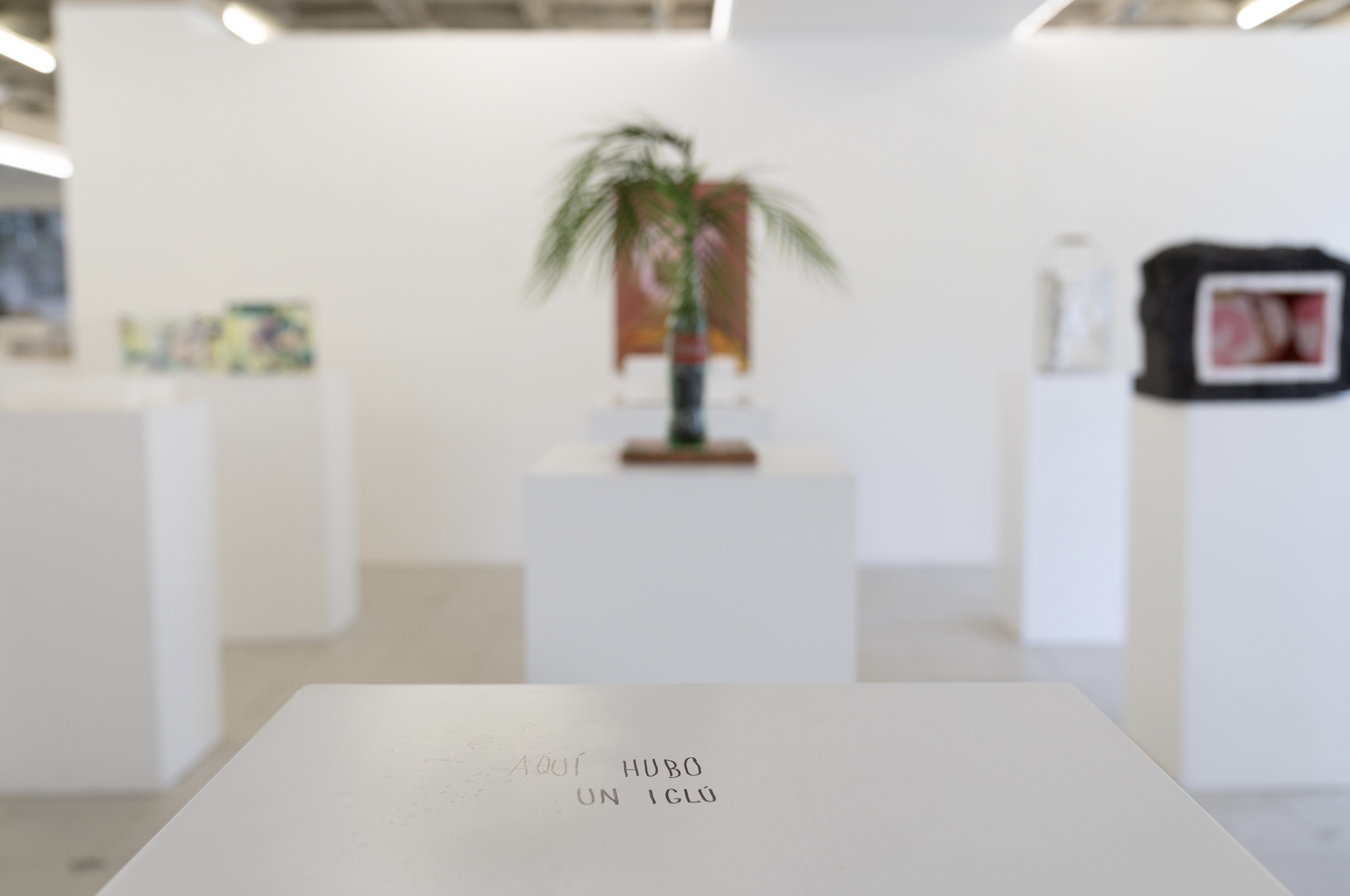
The act of grooming reminded me of what happened during the project's inauguration, where Alex Romero's work, Iglú [Igloo] (2024), melted. Altering the logistics of the event, the sales, and the show itself. So, what happens when there is no object? What happens when we forget? What happens when there isn't a tangible form to represent the ideal or the lived? Once again, movement appears, inevitable and inescapable. The concept of home is variable and malleable. The conception of the suitable melts and transforms into something different all the time. The ideal home, then, is manifested from objects, but also from the body; through moments and memories, it is announced with friends and family, but above all it is established from our sensations. The ideal is within oneself.
I appreciate the time of Marek, Alonso, Carla, Francisca, Alex, and Carlos, who spurred the series of reflections that can be read here. The ideal home is inhabited by words.
Translated to English by Luis Sokol
¹ Sylvia Plath, Diarios Completos, Ed Alba.
² Rem Koolhaas, Delirius New York, Monacelli Press.
³ Salvador Dali, “The conquest of the Irrational”- Conversations with Dalí, Dutton.
⁴ Charles Baudelaire, Le Peintre de la Vie Moderne, La Palatine.
⁵ The Institute of the National Housing Fund for Workers.
⁶ Henri Bergson, Materia y Memoria, Editorial Cactus.
⁷ Juan Miguel Hernández León, Autenticidad y Monumento, Abada Editores.
⁸ Baruch Spinoza, Tratado de la Reforma del Entendimiento, Alianza Editorial.
Published on Apr 6 2024